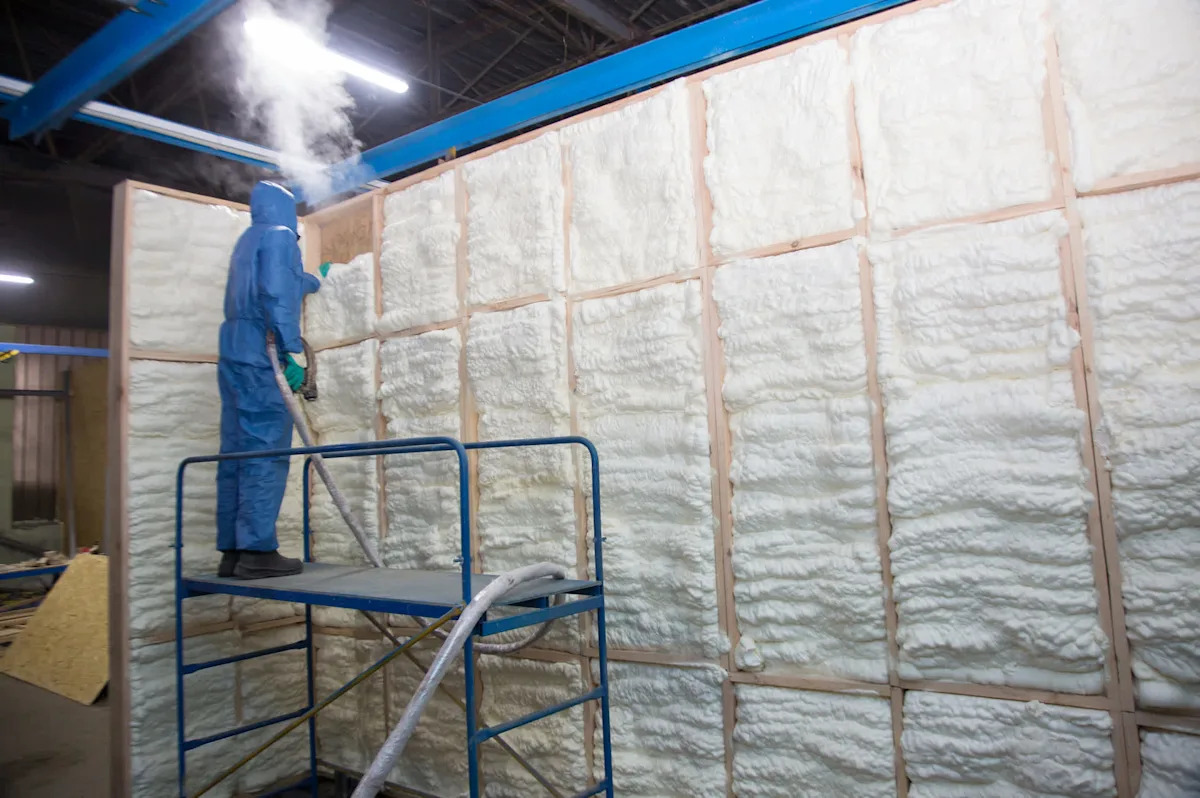Home / Environment / Mushroom Insulation Aims to Revolutionize German Construction by 2026
Mushroom Insulation Aims to Revolutionize German Construction by 2026
13 Oct
Summary
- Mushroom-based insulation developed by German university
- Insulation is compostable, CO2-storing, and energy-efficient
- Researchers working to prevent mold growth and make it waterproof

In a groundbreaking development, researchers at the Hof University of Applied Sciences in Germany are spearheading the creation of a mushroom-based insulation material that could transform the construction industry. Known as Mycobuild, this innovative insulation is made from mushroom mycelium and is set to be available for industrial production by March 2026.
The project, led by Professor Dr. Robert Honke, has identified several advantages of this mushroom-based insulation over traditional materials. Firstly, it is compostable and can store CO2, making it a more sustainable option. Additionally, it requires less energy to produce than conventional fossil-based insulating materials. The insulation can also be shaped flexibly and is scalable for industrial use.
One of the key challenges the research team is addressing is the concern about potential mold growth. To overcome this, they are working on creating a mineral top layer that will prevent mold from spreading. If successful, this could make the insulation completely waterproof and eliminate any mold-related issues.
The team is particularly excited about the energy-efficient properties of the mushroom insulation. Certain native German mushrooms, such as the oyster mushroom, have proven to be robust candidates as they can spread quickly and form dense networks without the need for heating or cooling. This could lead to significant cost savings for homeowners and businesses.
While the mushroom insulation may face some initial skepticism from consumers, the researchers are confident that its eco-friendly and mold-resistant features will make it a game-changer in the construction industry. As the project progresses, the team is optimistic that this innovative material will be a valuable tool in the ongoing efforts to build a more sustainable future.




